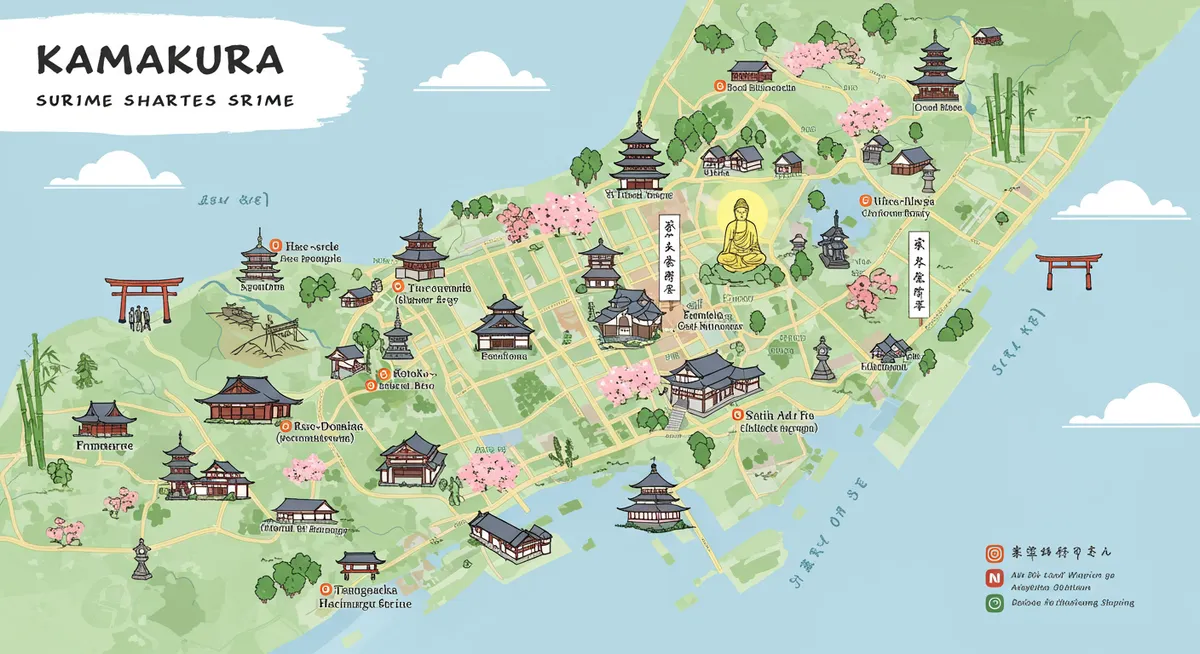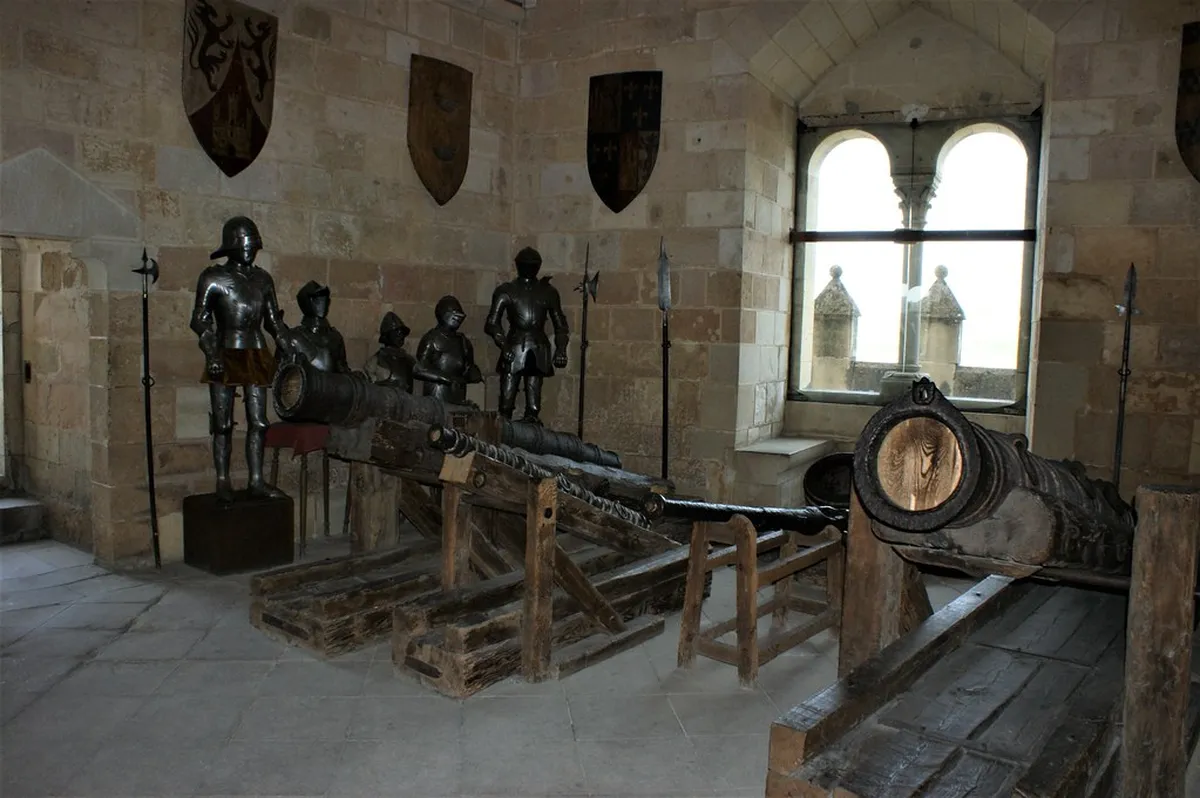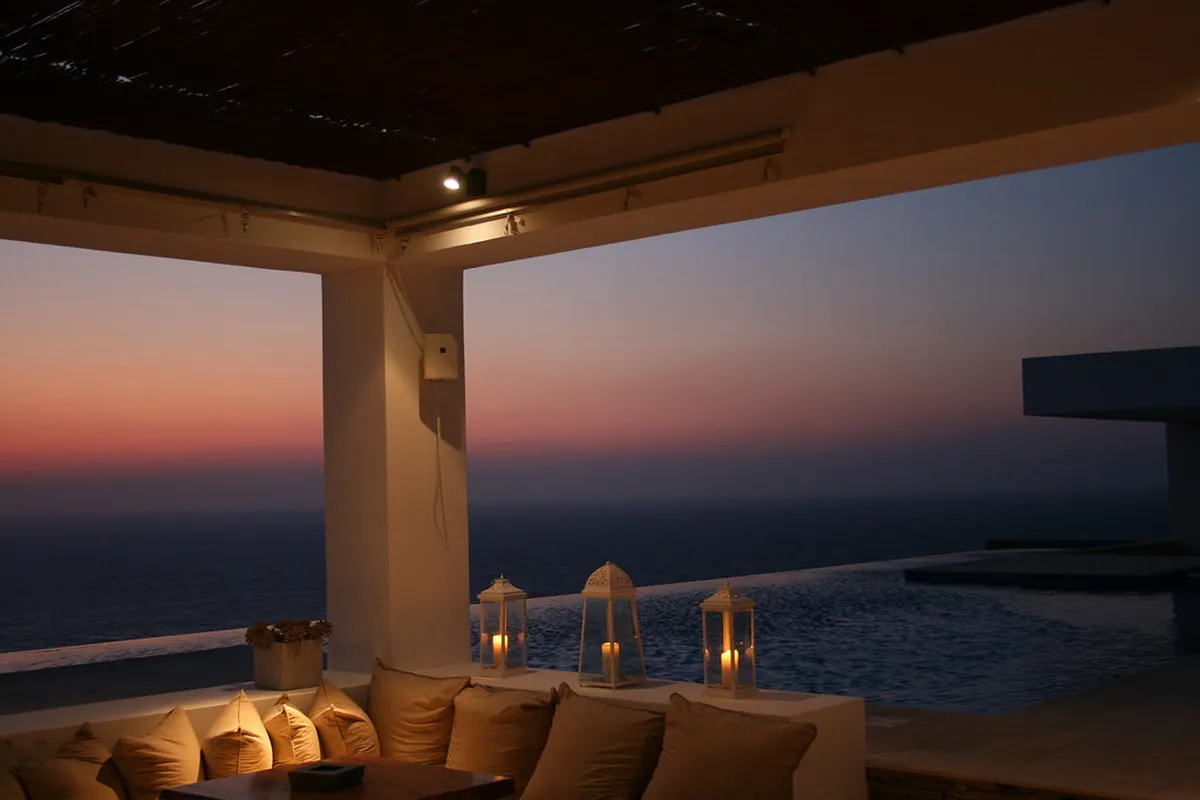Essential Guide to Kamakura's Temples and Shrines
Having explored the historical city of Kamakura numerous times, I’ve learned that a good understanding of its layout is key to truly appreciating its rich spiritual heritage. This guide is designed to serve as your personal Kamakura temples and shrines map, helping you navigate the city's myriad Buddhist temples and Shinto shrines with ease. Far from being a mere collection of religious sites, Kamakura offers a journey through Japan's past, where each path leads to a new discovery. My aim is to provide practical insights for an efficient and enriching exploration, ensuring you don't miss the most significant spiritual sanctuaries this captivating city has to offer. Let’s chart your course through Kamakura's sacred landscapes. Schedule your trip with our Kamakura itinerary. Find the best shopping experiences with our Kamakura shopping guide.
Understanding Kamakura's Temple & Shrine Layout
Plan this trip faster with our free online itinerary maker. Get a personalized day-by-day plan in minutes.
Kamakura's spiritual heart is surprisingly compact, making it ideal for exploration on foot or by local train. Most of the prominent Kamakura temples and shrines are clustered around Kamakura Station or along the Enoden Line, forming natural routes for discovery. For instance, the iconic Tsurugaoka Hachimangu Shrine dominates the city center, acting as a great starting point. From there, you can branch out to the northern Zen temples or the coastal sites. My personal tip: always grab a physical map from the station; while digital maps are great, a paper map helps orient you within the city's charming, winding streets and smaller alleys. Planning your journey according to these clusters saves time and maximizes your spiritual immersion. Map out your exploration with our Kamakura itinerary. Map out your exploration with our Kamakura itinerary.
Northern Kamakura: Zen Temples & Serene Gardens
North of Kamakura Station lies a realm of magnificent Zen temples, offering a serene escape. Here, you'll find Engaku-ji and Kencho-ji, two of Kamakura's Five Great Zen Temples. Engaku-ji, just a short walk from Kita-Kamakura Station, boasts stunning traditional architecture and tranquil gardens, perfect for quiet contemplation. Kencho-ji, a little further south, is the oldest Zen training monastery in Japan. As an experienced traveler, I often recommend dedicating at least half a day to this area to truly absorb the profound calm. These spiritual sanctuaries are beautifully integrated into the natural landscape, providing not just religious significance but also incredible scenic beauty that changes with the seasons. Discover the best local cuisine with our Kamakura food guide. Find the perfect place to stay with our Kamakura accommodation guide.
Central Kamakura: Iconic Shrine & Vibrant Streets
The heart of Kamakura beats strongest at Tsurugaoka Hachimangu Shrine, the city's most significant Shinto shrine. Positioned majestically at the end of Komachi-dori, this vibrant area is central to any Kamakura temples and shrines map. From my visits, I've learned that arriving early helps avoid the crowds, allowing for a more intimate experience. After exploring the shrine, you can wander down Komachi-dori, a bustling shopping street leading back to Kamakura Station. This route offers a delightful contrast of spiritual solemnity and lively commerce, making it a perfect spot to find souvenirs or enjoy local delicacies after visiting a historical site. Discover more about this central hub in our things to do in Kamakura guide.
Coastal Kamakura: Great Buddha & Ocean Views
Venturing southwest from Kamakura Station brings you to some of the city's most iconic sites, including the Kotoku-in Temple with its awe-inspiring Great Buddha (Daibutsu). This colossal bronze statue is an absolute must-see, offering a powerful sense of scale and history. Nearby is Hasedera Temple, famous for its eleven-headed Kannon statue and breathtaking views of the coastline. I always allocate extra time here to truly soak in the panoramic ocean vistas. These sites are easily accessible via the charming Enoden Line, making a seamless journey from the city center. For a comprehensive plan, check out our Kamakura itinerary, which includes these coastal gems.
Frequently Asked Questions
How much time is needed to visit Kamakura's main temples and shrines?
What is the best way to get around Kamakura to see the sites?
Exploring Kamakura's temples and shrines offers a profound glimpse into Japan's rich history and spiritual traditions. By using this Kamakura temples and shrines map guide, you're well-equipped to navigate its diverse array of sacred sites efficiently. From the tranquil Zen gardens in the north to the majestic Great Buddha by the coast, each location tells a unique story. Maximize your visit by planning your routes around the natural clusters of attractions. Start charting your own unforgettable journey through Kamakura’s timeless beauty today.



